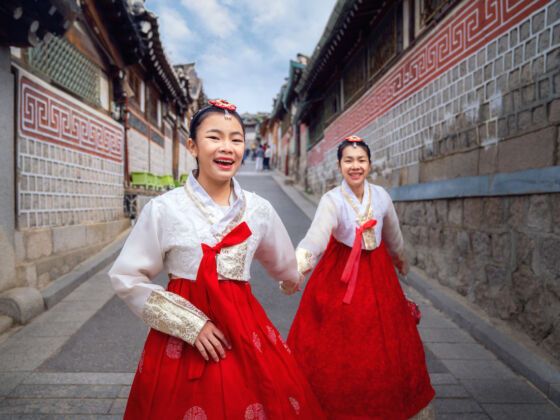1. Ondol
When I first rented an older Korean apartment with poor insulation, I feared I was destined to live like a human popsicle during the winter. Then I discovered ondol heating, which means heat that radiates from the floor. And I learned that there is nothing more welcoming after walking outside than parking your butt onto a cushion and a warm floor as you enjoy your samgyeopsal (grilled pork belly) with friends.
